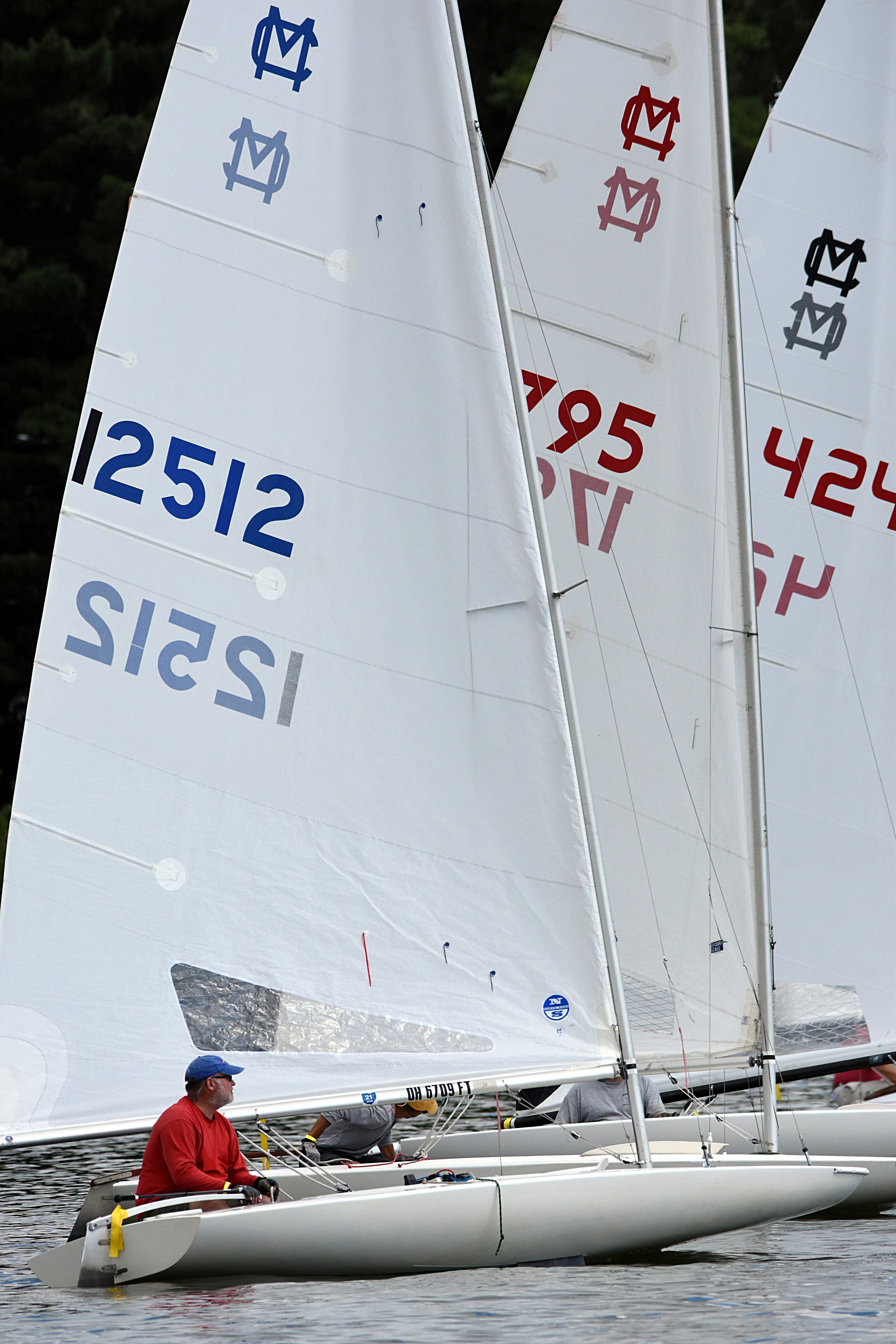The Storm Clouds: What Went Wrong
The decline of the Lakeside Sailing Club can be attributed to a confluence of challenges that collectively created a ‘perfect storm’ for its survival. One of the most pressing issues was the ‘ghost club’ effect, characterized by a dwindling core of active members. As participation dwindled, the club began to suffer from burnout among its remaining members, who were left to manage the day-to-day operations and programming. This lack of engagement not only diminished the club’s vibrancy but also discouraged new members from joining, creating a cycle of decline that proved difficult to break.
In addition, the operational methods employed by the Lakeside Sailing Club became increasingly outdated. Many of these practices were not aligned with the expectations of younger, potential members who were seeking a more modern approach to sailing. The club’s programming and activities were primarily designed with a traditional demographic in mind, causing younger sailors to feel disconnected and alienated. This generational gap further exacerbated membership attrition as new sailors found little to attract them to the club or its events.
Lastly, the club’s exclusive membership mindset significantly hindered its growth. By fostering an environment that was not welcoming to newcomers, the Lakeside Sailing Club inadvertently reinforced a barrier to entry for aspiring sailors. This exclusivity likely stemmed from a desire to maintain the club’s established culture but ultimately closed the door on broader community engagement. As a result, numerous potential members were deterred from participating, leading to decreased visibility and, ultimately, reduced funding and support.
Together, these factors contributed to a critical period for the Lakeside Sailing Club, as the convergence of the ghost club effect, outdated operations, and exclusivity led to its near collapse. Addressing these intertwined issues would be essential for any future revival efforts.
Understanding the ‘Ghost Club’ Effect
The ‘ghost club’ effect is a phenomenon wherein clubs or organizations experience stagnation due to a lack of new leadership and decreased participation from younger members. In the case of the Lakeside Sailing Club, this manifested through a small, recurring group of members who assumed all responsibilities. While the dedication of these individuals is commendable, such insularity often leads to burnout and disengagement, both from the club’s activities and from the wider sailing community.
As the core group aged, the absence of fresh perspectives and new energy stifled innovation and engagement within the club. The result was a significant decline in participation, with few activities appealing to younger, potential sailors. Consequently, ripple effects emerged, eroding the overall morale and vibrancy of the club. Members may feel overwhelmed by the responsibilities they bear and may also worry that the club does not reflect their interests or those of potential new members. This insidious cycle furthers disconnect from the broader sailing community, limiting collaboration and integration with external sailing events and initiatives.
Moreover, when leadership roles are not rotated or passed on to new entrants, there is an increased risk of stagnation in the club’s vision and objectives. Existing members may become less aligned with the evolving priorities of the sailing community, resulting in outdated practices and programming that do not resonate with new audiences. A lack of diverse viewpoints can lead to diminished excitement for club events, leading to decreased attendance and participation over time. This cycle of insularity not only impacts existing members but also creates barriers for attracting prospective sailors.
In an environment where new ideas are essential for growth, fostering inclusivity and inviting members across all age groups is vital for revitalizing the club. Recognizing and addressing the ‘ghost club’ effect is crucial in catalyzing meaningful change and ensuring the longevity of the Lakeside Sailing Club.
Reimagining the Club: Embracing Change
In the contemporary landscape of community organizations, adapting to the evolving needs and interests of members is paramount. The Lakeside Sailing Club exemplified this principle through the implementation of innovative strategies aimed at revival and renewal. Central to these efforts was the establishment of the ‘Why Not?’ committee, a pivotal group tasked with fostering a culture of creativity and open-mindedness. By encouraging members to propose bold ideas and solutions, the committee became a catalyst for change, ensuring that the club remained relevant in a fast-paced, modern environment.
One of the most significant transformations included the modernization of the club’s online presence. Recognizing that a robust digital footprint is essential for attracting a younger demographic, the club invested in creating comprehensive social media profiles and an engaging, user-friendly website. This online initiative not only showcased the club’s activities and events but also facilitated seamless communication and interaction among members. With an emphasis on visual storytelling, potential new members were presented with the excitement and camaraderie associated with sailing, ultimately leading to increased interest and participation.
Inclusivity was another fundamental aspect of the club’s reimagining process. By implementing outreach programs and inclusive sailing programs designed to cater to individuals of all skill levels, the Lakeside Sailing Club promoted a welcoming environment. Special events targeted youth engagement, and partnerships with local schools enhanced awareness and fostered community ties. As a result, the club became a hub of activity, where sailing was redefined as accessible and enjoyable for everyone, regardless of age or experience.
Through these strategic changes, the Lakeside Sailing Club not only rejuvenated its appeal but also created a sustainable framework for future growth. The lessons learned from this transformative journey underscore the importance of embracing change, fostering inclusivity, and leveraging modern tools to ensure continued relevance in the sailing community.
Lessons Learned for Struggling Clubs
The revival of the Lakeside Sailing Club is a testament to resilience and adaptability in the face of adversity. Other struggling clubs can draw valuable lessons from this journey, focusing on essential strategies that contribute to organizational survival and renewal. One of the primary takeaways is the importance of being open to change. In a rapidly evolving social environment, it is crucial for clubs to reassess their operations, programs, and outreach methods. Embracing new technologies, trends, and ideas can lead to innovative practices that breathe new life into stagnant organizations.
Diversifying leadership is another critical step for revitalizing a struggling club. Leadership infused with varied perspectives fosters creativity and inclusiveness within the organization. Engaging members from different backgrounds or expertise levels can cultivate a more robust decision-making process that resonates with a wider audience. This diversity not only enhances problem-solving capabilities but also encourages member engagement and ownership of the club’s future.
Furthermore, creating an inviting atmosphere for potential new members is essential for long-term sustainability. The Lakeside Sailing Club implemented initiatives that fostered community spirit and collaboration, thus making the environment more appealing. Clubs should consider organizing inclusive activities or events that welcome newcomers and display the benefits of membership. This strategy not only enhances visibility but also allows existing members to share their enthusiasm and experiences, ultimately attracting fresh faces.
Incorporating these lessons—embracing change, diversifying leadership, and creating an inviting atmosphere—can help struggling organizations chart a course towards revitalization. By taking proactive steps and remaining open to transformative practices, clubs can avoid stagnation and work towards a thriving future.

